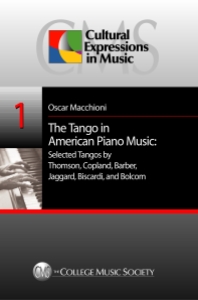
The British newspaper The Independent once described Jenő Jandó as “the most prolific recording pianist alive”. Born in Pécs, southern Hungary in 1952, he founded the Naxos record label in 1987 and became the label’s house pianist over the next 15 years, during which he recorded more CDs than any other pianist in the world. He produced complete recordings of the piano sonatas of Haydn, Mozart, Beethoven, and Schubert, Bach’s Wohltemperirtes Clavier and Goldberg variations, and recordings of all Bartók’s piano works and large parts of Liszt’s piano oeuvre. On one occasion, Jandó was asked once what he would inquire of Liszt if he were alive. He replied, “I wouldn’t ask Liszt a question, but would instead point to the piano and ask him to play me something! I could ask him about the tempo, for example, but what for? I’m sure he never played anything twice the same way. If he were sitting here with us, I would be watching and listening to him attentively from the corner of the room to observe how he makes tones sound, to what extent he feels aware of himself, and what sounds he would get from the piano in this small room.”
Jandó also recorded the complete piano concertos by Mozart and Bartók as well as the better-known concertos by Schumann, Brahms, Grieg, Dvořák, and Rachmaninov. He also recorded all of Mozart’s and Grieg’s violin sonatas with the violinist Takako Nishizaki. As a result of his outstanding playing technique, quick comprehension, and a straightforward, objective, and clarity-oriented approach to interpretation, Jandó was able to record one CD every month on average. He received his training at the Budapest University of Music from Bartók’s student Katalin Nemes and later Pál Kadosa. Jandó won prizes in piano competitions in Hungary, France, Italy, and Australia; he taught at the Budapest University of Music from 1975 onward and was appointed professor there in 2003.
Jenő Jandó passed away at the age of 71 in Budapest on 4 July 2023. Read his obituary in MGG Online.
Below is a video of Jandó performing Béla Bartók’s “Allegro barbaro” with the Muzsikás Hungarian folk music ensemble.




